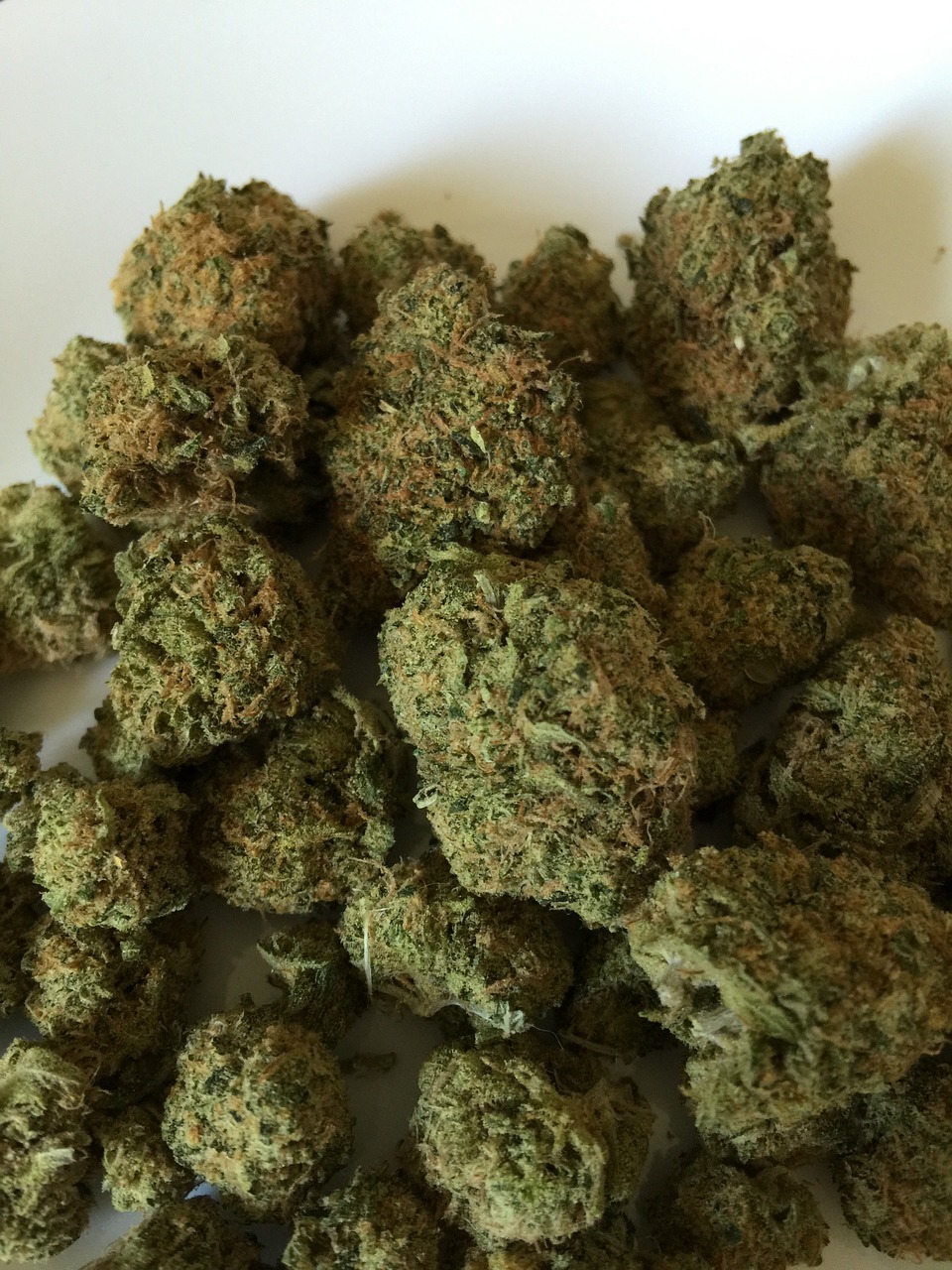Canada News
Canada has less than half the number of cops needed to spot high drivers: chiefs

Last fall, the agency representing about 90 percent of police agencies in Canada warned the government that before pot becomes legal, its members need more time to train officers in the new laws as well as to recognized drug-impaired drivers in a roadside stop. (Pixabay photo)
OTTAWA -The Canadian Association of Chiefs of Police says it is unlikely to reach its goal of having 2,000 officers trained to spot drug-impaired drivers when marijuana becomes legal later this year.
Last fall, the agency representing about 90 per cent of police agencies in Canada warned the government that before pot becomes legal, its members need more time to train officers in the new laws as well as to recognized drug-impaired drivers in a roadside stop.
Natalie Wright, a spokeswoman for the chiefs of police, tells The Canadian Press that only 733 officers had completed the specialized training as of May, up from 665 in February. In March 2017, about 600 officers had the training.
“While it is unlikely that we will attain our target number of 2,000 Drug Recognition Experts by October 17th, we are confident in our present processes, knowing that they will continually improve with time as we build capacity,” said Wright in a written statement.
At current rates of training, it will take more than five years before Canada hits 2,000 trained officers.
The International Drug Evaluation and Classification Program, which includes looking at things such as vital signs, eyes, balance and co-ordination for signs of impairment, began in Los Angeles in the 1970s. Canadian officers must still travel to the United States for the training.
At a House of Commons committee hearing last fall, police chiefs said it would be better if Canada could have training at home because the U.S. courses are in high demand with priority given to American police forces.
Staff in Public Safety Minister Ralph Goodale’s office did not respond Sunday to a request for comment. Previously his officials have pointed to $161 million in funding for police training and drug-testing equipment over the next five years, as well as a public awareness campaign about the perils of driving while high.
Legislation that passed Parliament in June allows for the use of roadside saliva tests to detect the presence of drugs like cocaine, methamphetamine and marijuana, but no such test has actually been approved yet for use in Canada. In May federal officials indicated they didn’t know when the government would make a decision about which particular test will get the green light.
Six weeks ago the western premiers jointly asked the federal government to address the issue provinces face with drug-impaired driving enforcement, including expediting the approval of saliva-based screening tests before pot becomes legal.
Manitoba Justice Minister Heather Stefanson said Sunday her government remains concerned about the readiness of law enforcement to handle legalized marijuana, and the province wants the October implementation date delayed until police are more prepared.
“Our government has expressed our concern from the very beginning about the federal government’s decision to rush ahead with the legalization of cannabis without having the appropriate safety mechanisms in place,”Stefanson said. “The CACP has now confirmed that they will not have enough officers trained in time.”
Mothers Against Drunk Driving reports while only four per cent of impaired driving cases in the justice system involve drug impairment, in 2014 testing found the presence of drugs in blood tests taken of drivers killed in accidents.
The Canadian Centre on Substance Use and Addiction argues in a policy on the use of roadside drug evaluations that “it would appear that a substantial proportion of drug-impaired drivers are going undetected.” It cites the fact that more drivers killed in accidents tested positive for drugs than alcohol, but only four per cent of impaired driving cases involve drug-impairment.





















